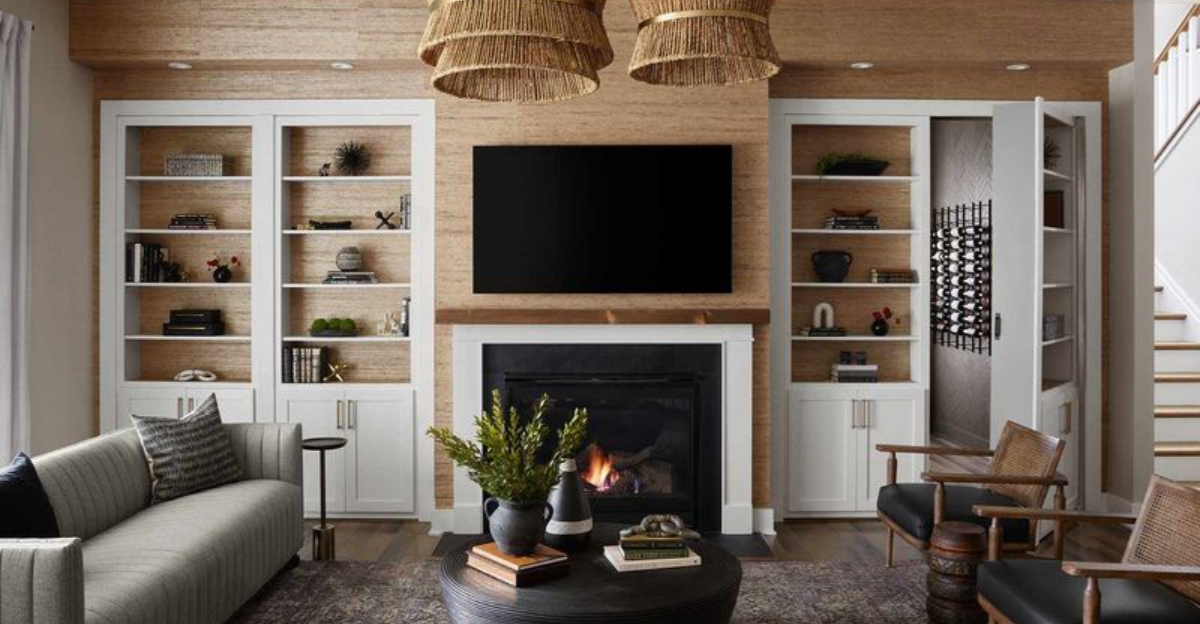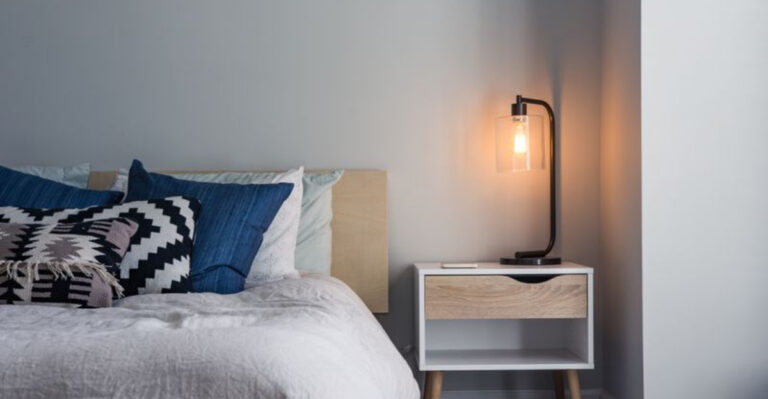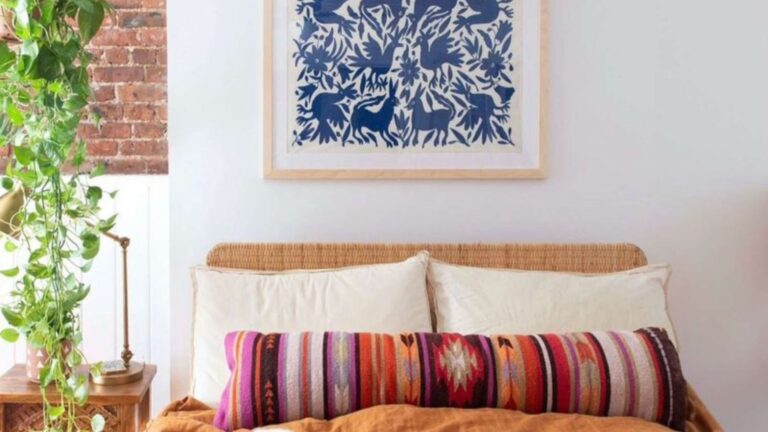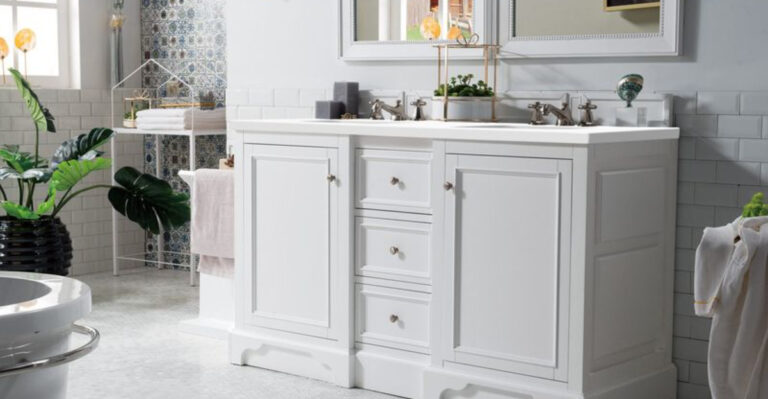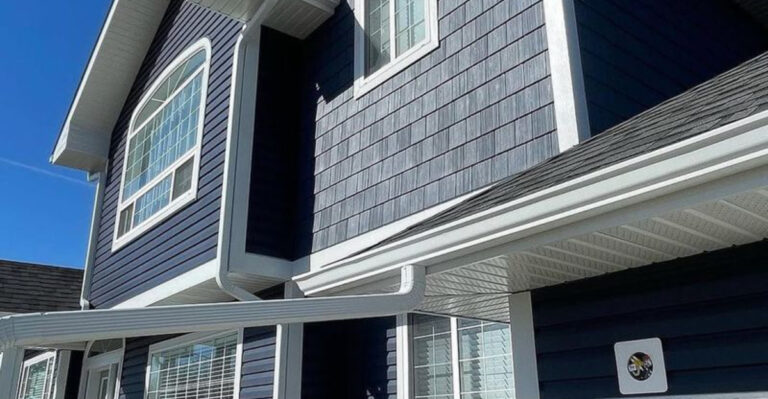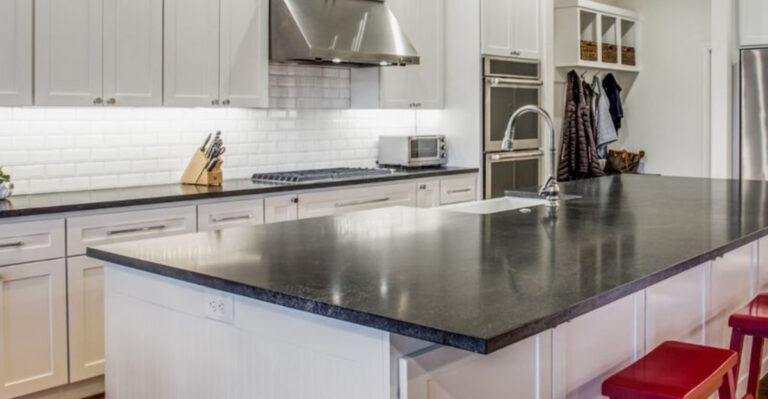18 Reasons Why Your Home Feels Off And It’s Not The Furniture
Ever walked into your living space and felt something wasn’t quite right, but couldn’t put your finger on it? Sometimes the problem isn’t the sofa or coffee table at all.
Hidden factors can dramatically impact how comfortable and harmonious a home feels. Here are sneaky culprits that might be throwing off the vibe without obvious signs.
1. Harsh Overhead Lighting
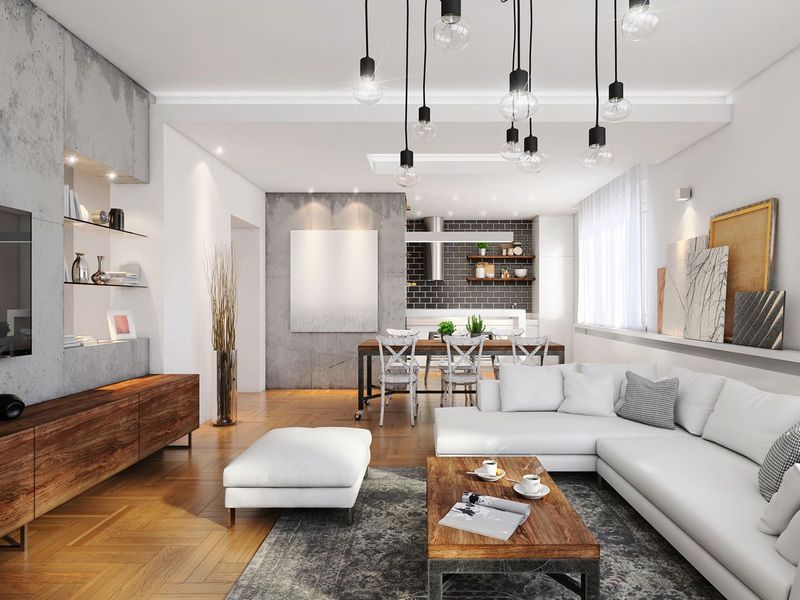
Glaring ceiling fixtures cast unflattering shadows and create an institutional atmosphere that nobody wants to relax in. Soft, layered lighting at different heights creates depth and warmth.
Adding floor lamps, table lamps, and wall sconces allows you to control the mood and highlight architectural features. Dimmer switches are game-changers for instantly transforming a room’s ambiance.
2. Too Many Wall Colors
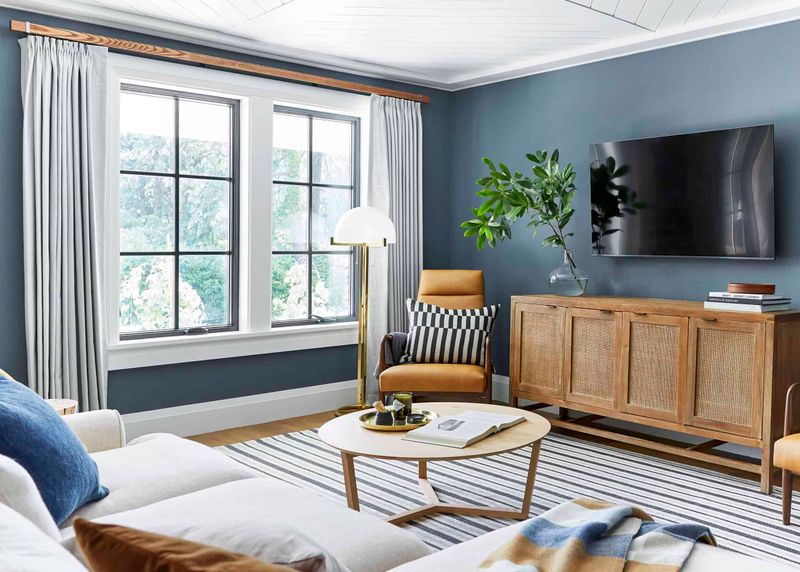
Walking from a blue room to a green room to a yellow room creates visual chaos and makes your home feel disconnected. A cohesive color palette helps spaces flow together naturally.
Limiting your home to 3-5 complementary colors creates harmony while still allowing for personality. Small homes especially benefit from consistency, making them feel larger and more intentionally designed.
3. Curtains Hung Too Low
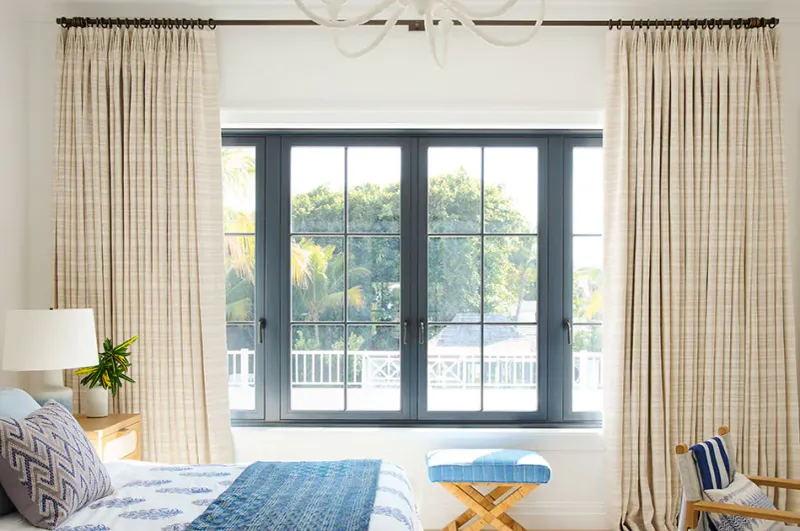
Mounting curtain rods just above window frames visually shrinks your space and cuts off natural light. Proper placement can transform a room’s proportions dramatically.
By hanging curtains close to the ceiling (or at least 4-6 inches above the window frame), you create an illusion of height and grandeur. Wide rods extending beyond the window frame make windows appear larger.
4. Lack of Natural Light
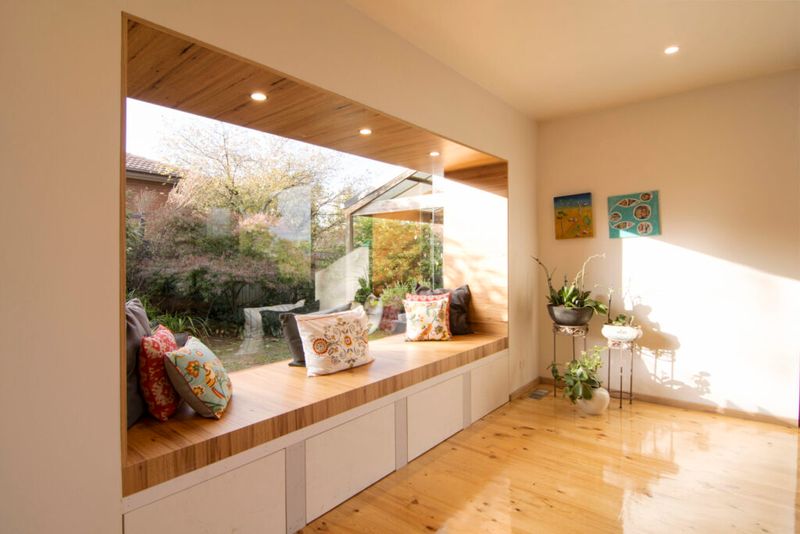
Rooms starved of sunshine feel dreary and lifeless, regardless of how beautiful your décor might be. Sunlight connects us to nature’s rhythms and boosts our mood.
Maximize window exposure by trimming outdoor foliage blocking light. Use mirrors strategically to bounce existing light deeper into rooms. Sheer curtains filter light beautifully while maintaining privacy in exposed areas.
5. Art Hung at the Wrong Height
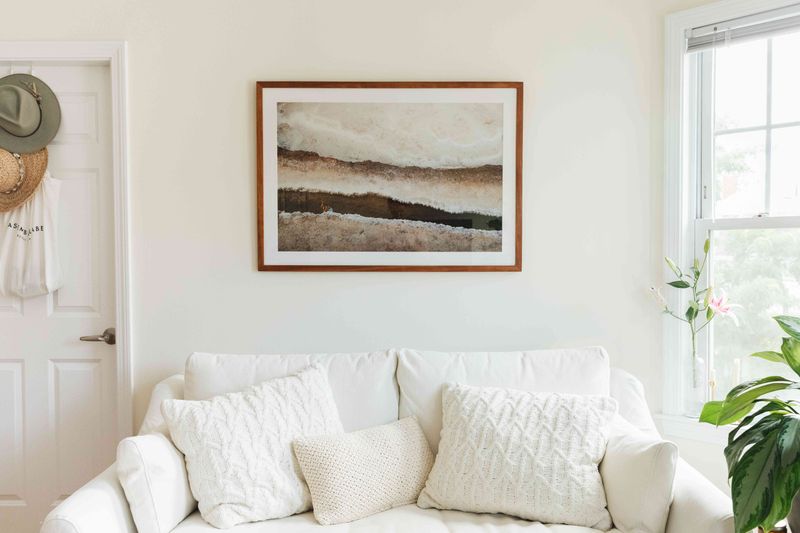
Artwork displayed too high creates an awkward, floating sensation that disconnects pieces from furniture below. Gallery owners know proper hanging height is crucial for visual comfort.
Position art so the center point sits approximately 57-60 inches from the floor – roughly eye level for most adults. When hanging art above furniture, leave only 8-10 inches of wall space between the furniture and the frame.
6. Not Enough Texture
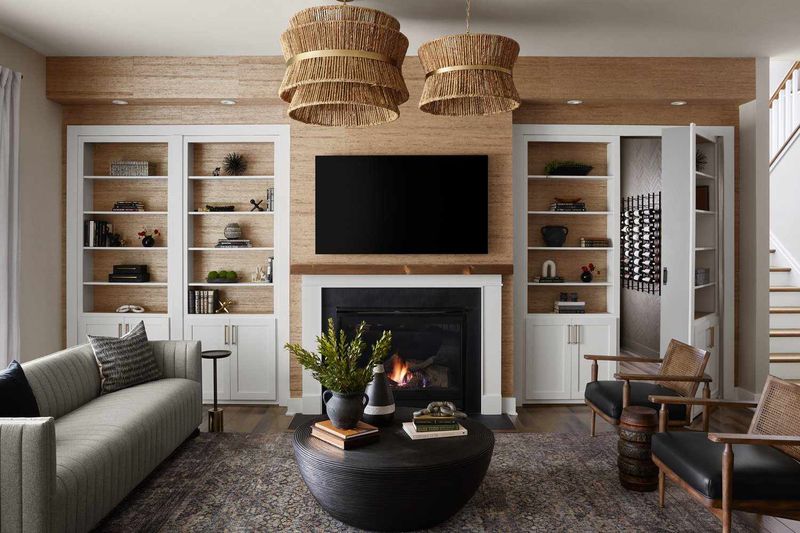
Flat, one-dimensional spaces lack visual interest and warmth, even with perfect color coordination. Your brain craves tactile variety to stay engaged with an environment.
Mix rough with smooth, matte with glossy, and soft with hard surfaces. Incorporate natural materials like wood, stone, woven baskets, ceramic vases, and textiles. Small touches like a chunky throw blanket or ribbed vase add dimensional interest.
7. Cluttered Surfaces
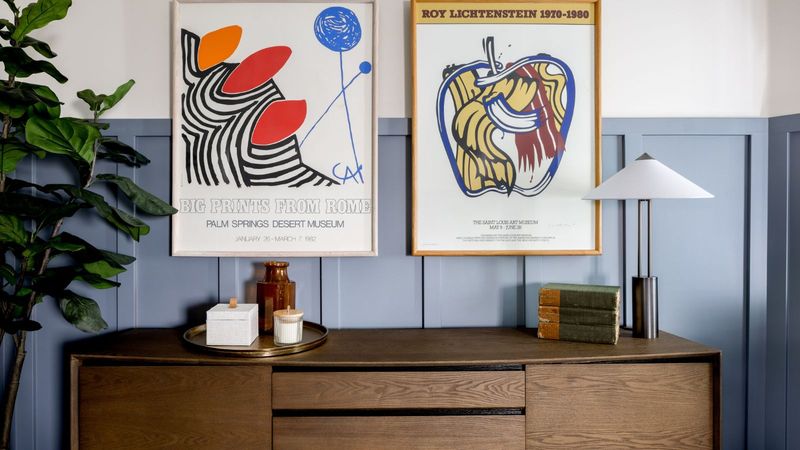
Jam-packed countertops and tabletops create visual noise that subconsciously stresses you out. Your eye needs places to rest, just like your body does.
Follow the rule of three for styling surfaces – group similar items together in odd numbers. Allow negative space between groupings. Regular decluttering sessions prevent accumulation, and decorative boxes or baskets corral necessary small items.
8. No Clear Focal Point
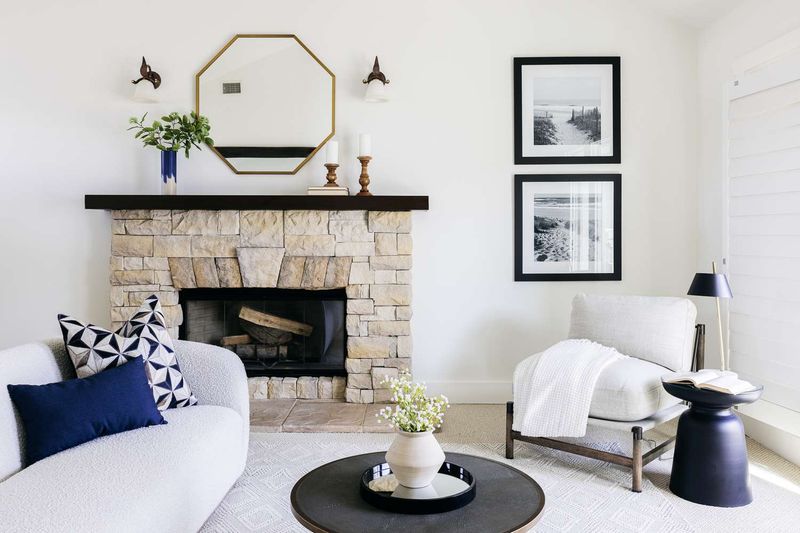
Rooms without an anchor point feel aimless and confusing to the eye. Ancient design principles emphasize creating a visual hierarchy for balance.
Every room needs something that immediately draws attention – a statement light fixture, dramatic artwork, or architectural feature like a fireplace. Secondary elements should complement rather than compete with the focal point. Furniture arrangement should naturally direct eyes toward this feature.
9. Rug That’s Too Small
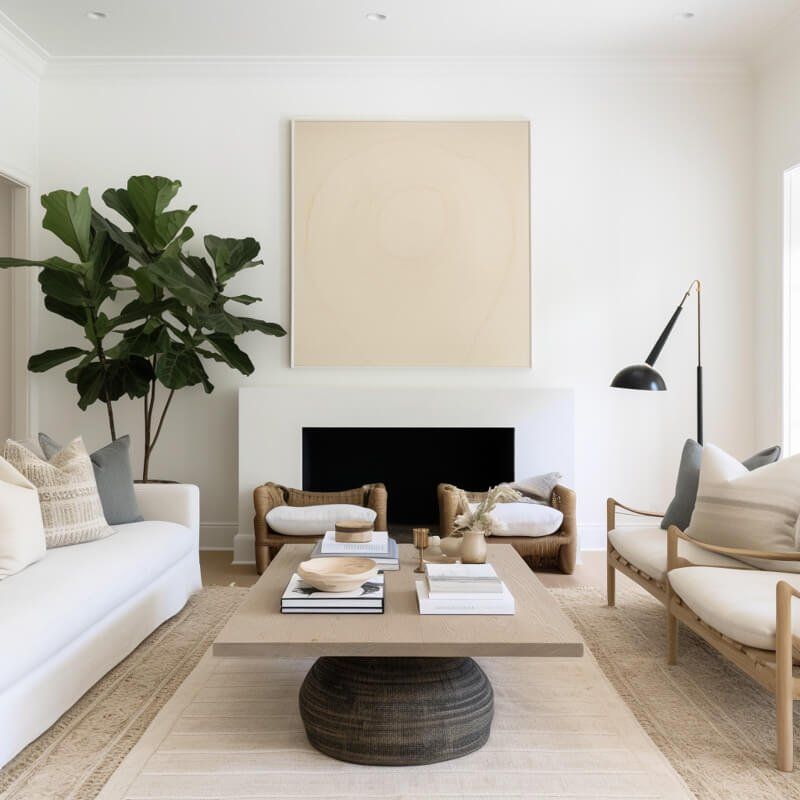
Undersized rugs create a postage-stamp effect that makes furniture look like it’s floating awkwardly. Size matters tremendously when anchoring a room properly.
A generously proportioned rug should accommodate at least the front legs of all major furniture pieces in a seating arrangement. For dining areas, ensure the rug extends at least 24 inches beyond the table edge so chairs remain on the rug when pulled out.
10. Ignored Corners
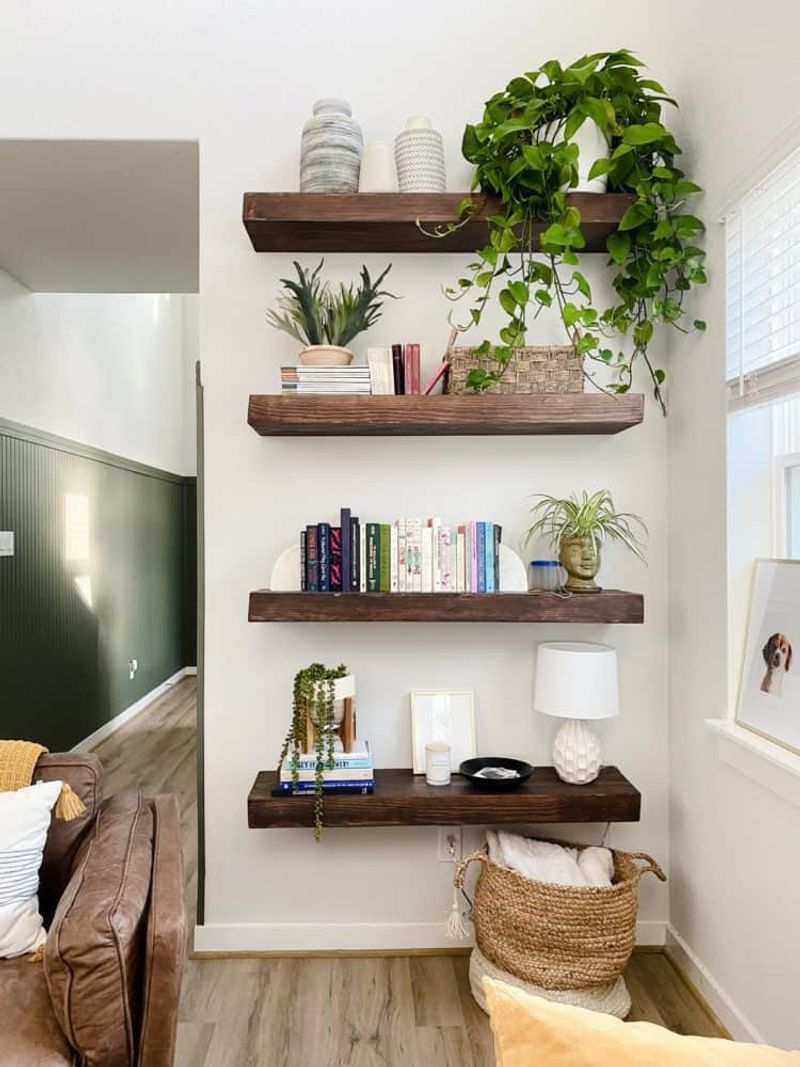
Neglected nooks and corners create dead zones that make your home feel unfinished and unwelcoming. Every square foot deserves thoughtful attention.
Transform awkward corners with floor lamps, small accent tables, or cozy reading chairs. Vertical corner shelving maximizes storage while drawing the eye upward. Simple potted plants can breathe life into previously wasted space.
11. Awkward Furniture Layout
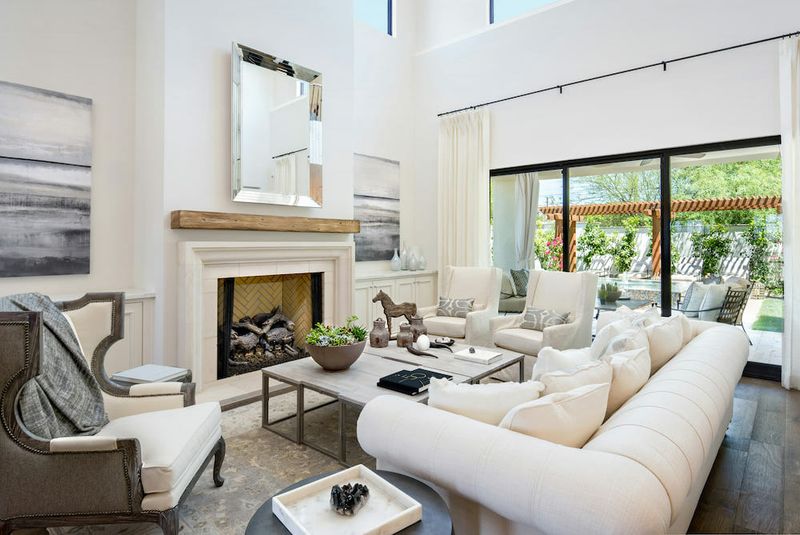
Pushing all furniture against walls creates a doctor’s waiting room vibe that inhibits conversation and flow. Arrangement impacts how people interact in a space.
Pull pieces away from walls to create intimate conversation areas. Ensure pathways between furniture allow for comfortable movement (at least 30-36 inches). Angle occasional chairs slightly toward each other to encourage interaction rather than parallel rows that feel formal.
12. Lack of Greenery
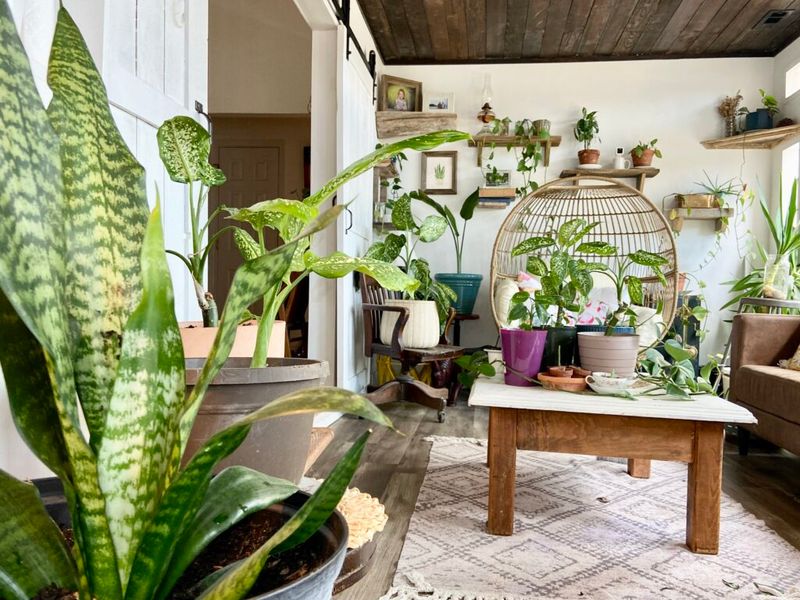
Rooms without plants feel static and lifeless, missing that crucial connection to nature we instinctively crave. Living elements bring energy and improve air quality.
Notoriously black-thumbed homeowners can maintain easy plants like snake plants, pothos, or ZZ plants. Varied heights and leaf shapes create visual interest. Strategic placement near windows or in empty corners breathes life into forgotten spaces.
13. Overly Matched Decor
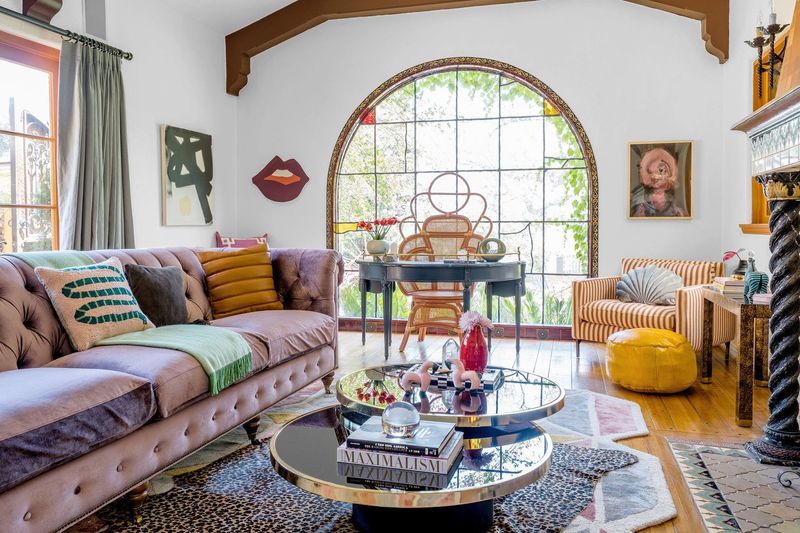
Purchasing entire furniture sets straight from showrooms creates a flat, impersonal space lacking character and depth. Cookie-cutter rooms feel like hotel suites rather than personal sanctuaries.
Mix vintage finds with contemporary pieces for tension and interest. Incorporate items collected over time that tell your story. Contrasting elements like a modern lamp on an antique side table create fascinating juxtapositions that spark conversation.
14. Missing Personal Touches
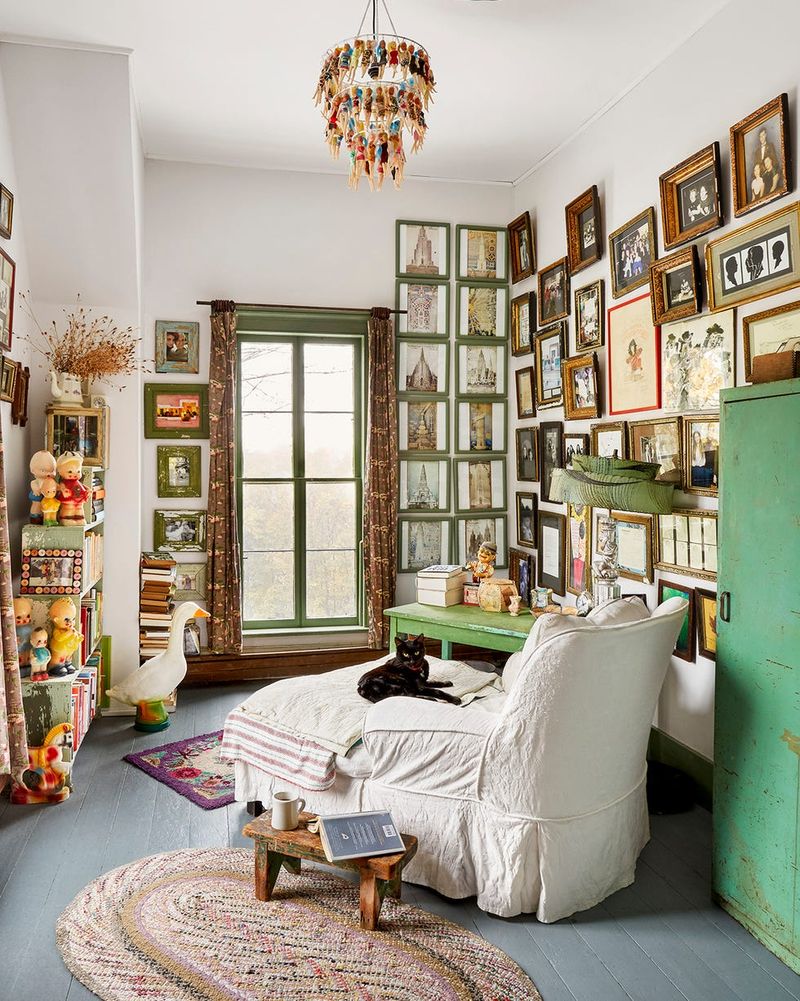
Rooms that could belong to anyone lack soul and emotional connection. Without personal elements, spaces feel like staged model homes rather than lived-in sanctuaries.
Display travel souvenirs, family photos, or inherited pieces that tell your unique story. Handmade items add authentic character impossible to replicate with mass-produced décor. Books revealing your interests make excellent conversation starters while adding color and texture.
15. No Sense of Flow Between Rooms
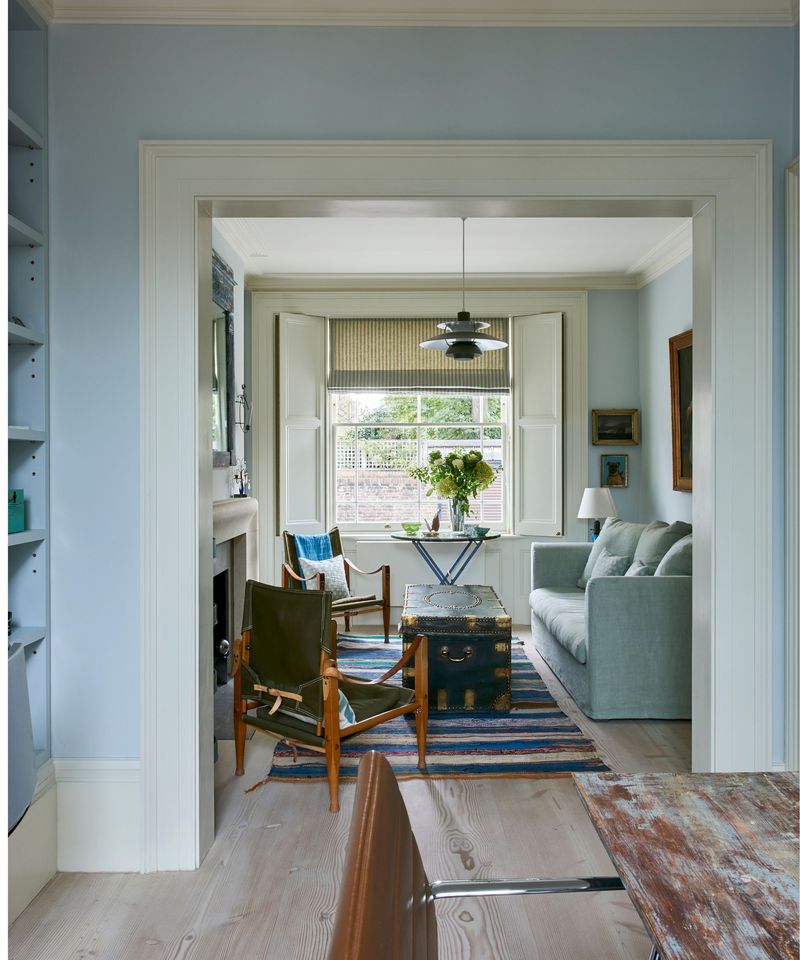
Jarring transitions between spaces create a disjointed feeling throughout your home. Abrupt style changes between adjoining rooms confuse the brain’s need for visual continuity.
Repeating key colors or materials from room to room creates subtle connections. Consistent flooring throughout main living areas enhances flow dramatically. Doorway sightlines should reveal complementary elements that draw you naturally from one space to the next.
16. Walls That Are Too Bare or Too Busy
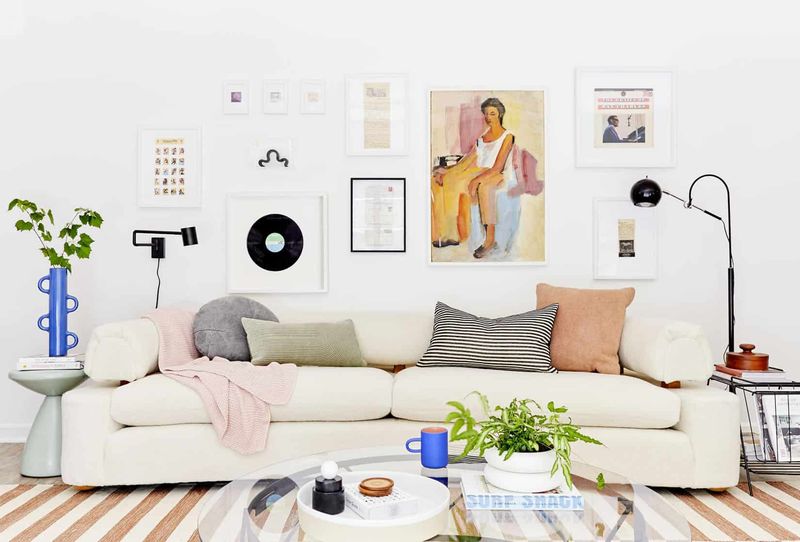
Stark, empty walls feel cold and institutional, while overcrowded gallery walls can create visual chaos. Finding balance is key to creating a harmonious backdrop.
Aim for intentional wall décor that complements your space without overwhelming it. Gallery walls work best when unified by consistent frames or color scheme. Large statement pieces need breathing room, while small art benefits from thoughtful grouping.
17. Poor Room Scent or Ventilation
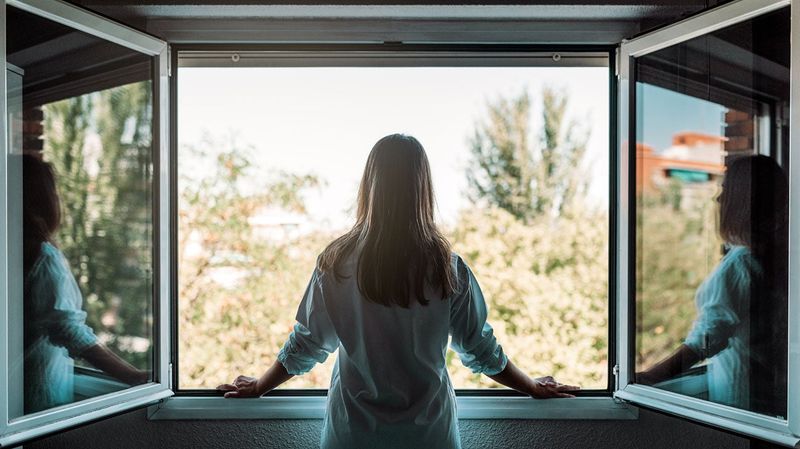
Musty odors or stale air immediately impact how we perceive a space, often subconsciously. Our olfactory sense powerfully influences our emotional response to environments.
Regular air circulation prevents mustiness from developing. Natural scent solutions like simmering herbs, essential oil diffusers, or fresh flowers create pleasant atmospheres without chemical overwhelm. Address underlying issues like dampness rather than masking with heavy artificial fragrances.
18. Ignoring Ceiling and Vertical Space
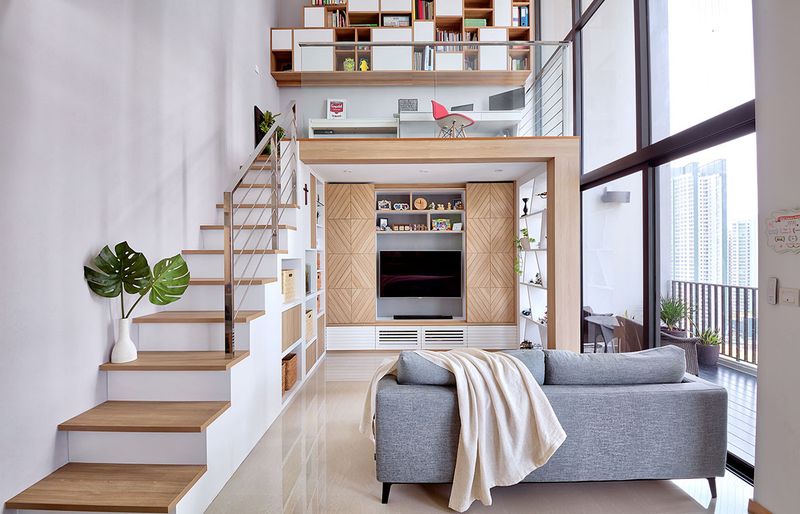
Focusing solely on eye-level elements wastes valuable design opportunities above. Vertical space utilization dramatically impacts how spacious a room feels.
Ceiling treatments like interesting paint colors or simple molding draw the eye upward, creating perceived height. Tall bookshelves, hanging plants, or vertical art installations maximize smaller footprints.

